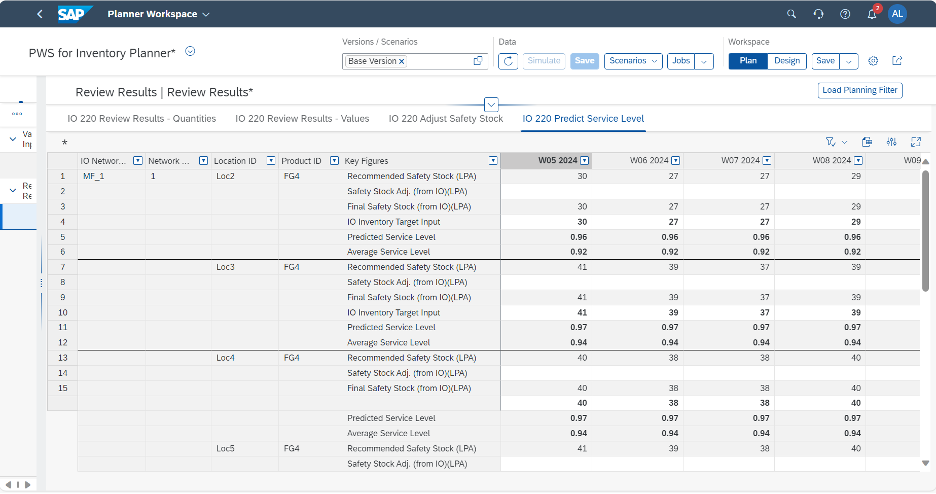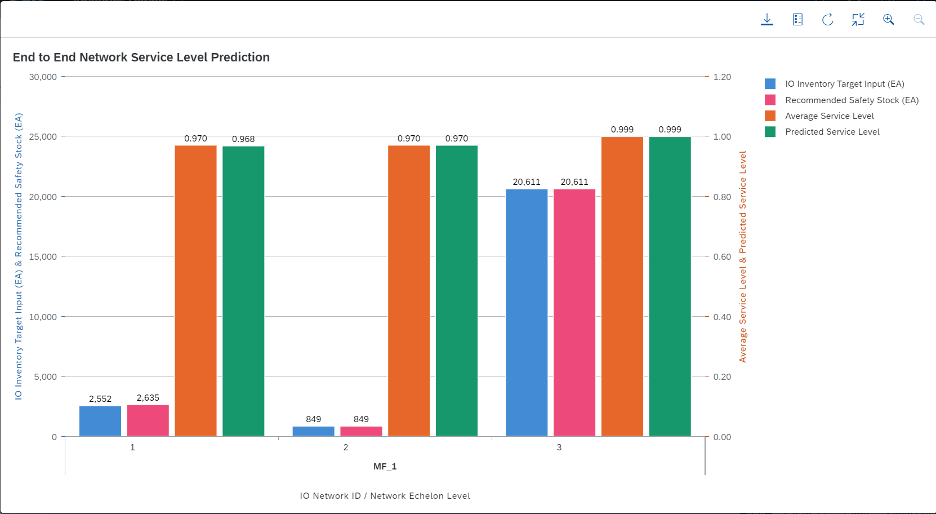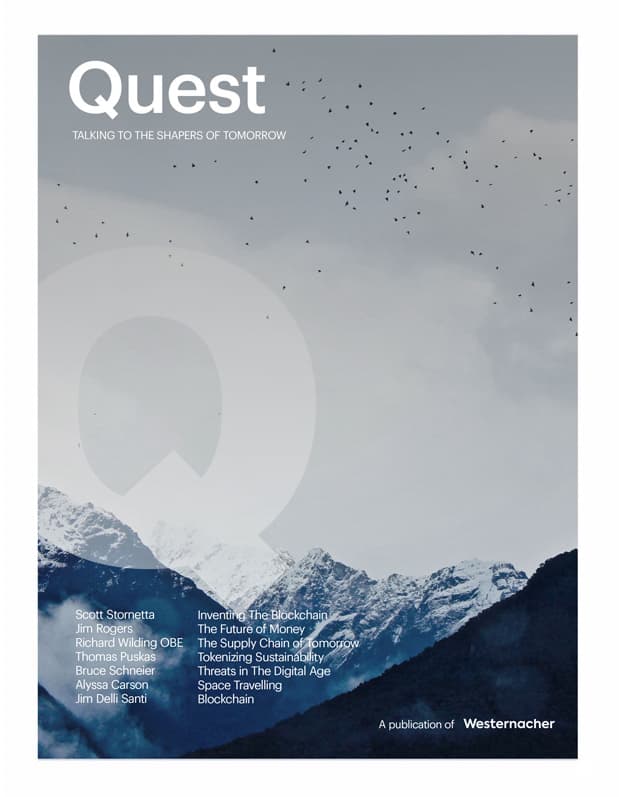How many times did you change an inventory target plan, but did not know the impact to your customers’ service levels?
In every supply chain planning cycle, a planner often confronts scenarios where recommended or optimal inventory targets cannot be adopted, resulting in overriding inventory targets. Reasons for such scenarios vary:
- Unexpected external or internal disruptions of supply.
- Manufacturing shut-downs, maintenance schedules, local Holidays.
- Financial requirements to manage cash locked into inventory.
Fortunately, businesses no longer must drive blindly on the impact to customer service level when moving away from planning to optimal inventory targets.
Let’s roll up our sleeves and join me in reviewing the details.
So what?
When faced with such choice now, a planner can use the newly introduced function “Service Level Prediction” to model different time-varying inputs for inventory targets and predict time-varying service levels.
How does the Service Level Prediction function work?
- Input Key Figure IO Inventory Target Input: Target quantity of safety stock at a location product that is used to override recommended safety stock and predict service level.
- Output Key Figure Predicted Service Level: Service level that is predicted at a location product after the quantity of recommended safety stock is adjusted using the Inventory Target input key figure.
However, a recommended best practice is to include the Service Level Prediction function as a post-process step in the inventory optimization planning process. That is, use the function leveraging the planned outputs of the safety stock inventory optimization run.

Why?
- Use Multi-Stage Inventory Optimization Output Key Figure Recommended Safety Stock to define reasonable inputs for input key figure IO Inventory Target Input.
- Benchmark Multi-Stage Inventory Optimization Output Key Figure Average Service Level against output key figure Predicted Service Level.
SAP IBP Analytics Bar Chart by IO Network ID and Network Echelon Level: Recommended Safety Stock vs. IO Inventory Target Input, Average Service Level vs. Predicted Service Level.

So, moving away from optimal safety stock recommendations can be supported with a predicted understanding of the impact to service level across a supply chain network, including locations’ service levels to customers. The comprehensive analysis can be granular at every node of the supply chain and aggregated at the safety stock budget level.
Do you want to learn more? Let’s talk.
